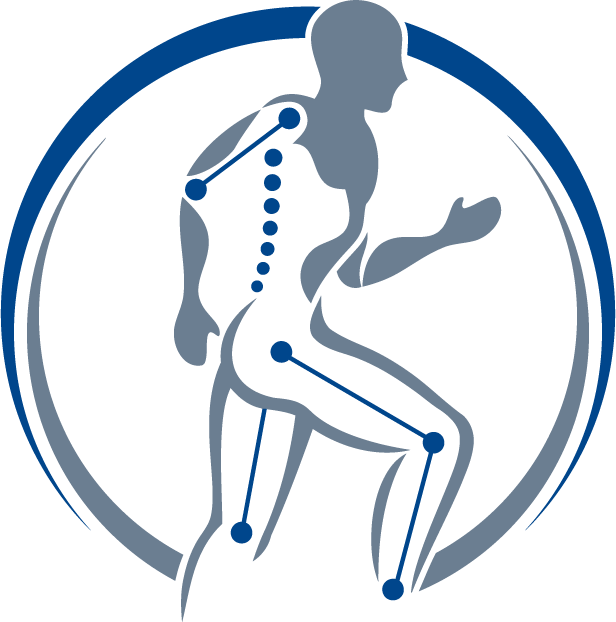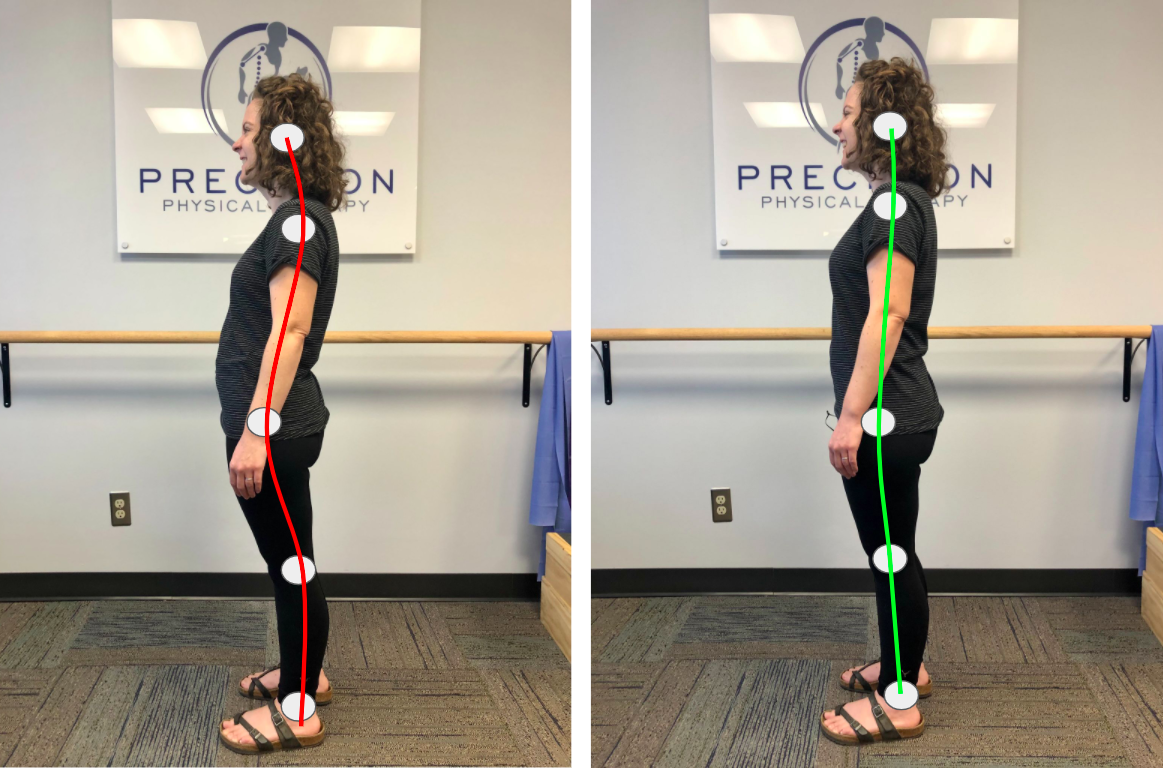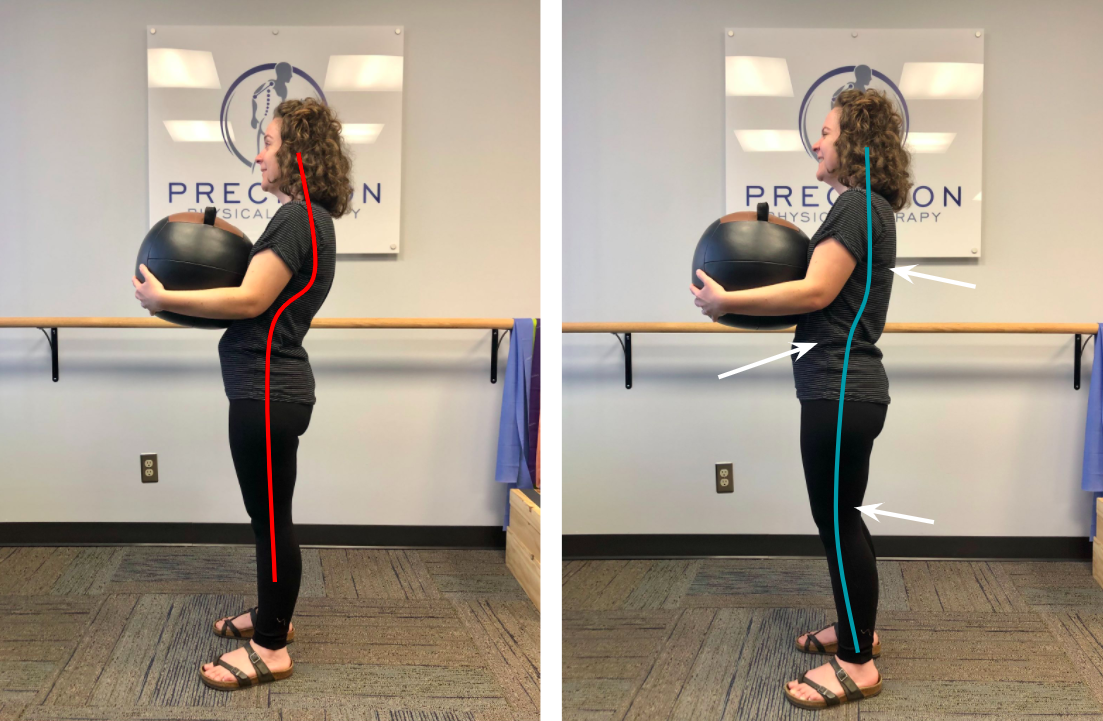Can you fix slouched posture?
We all know what it looks like when we don’t stand up straight, but it’s hard to know what to do to fix slouched posture and whether it’s even important to focus on. Most people don’t realize that spine and joint pain is more often caused by bad posture than vigorous exercise. Fixing your posture can get rid of pain and make you look and feel better.
In past blogs we have discussed sitting posture and walking technique. Today the focus is on standing posture. Standing posture, once corrected, can be carried forward into our other upright postures including walking, lifting and carrying. While there are many standing postures, the most common we see in the clinic associated with pain is called a ‘swayback’ posture.
When we stand our bodies choose the most efficient way to remain upright. This includes using the tissues that require as little energy as possible. This sometimes looks like resting on our joints and ligaments without contracting the muscles needed to hold us in a more ideal alignment To have improved posture that is easier on the spine it requires occasional conscious effort to engage supporting muscles.
See the model below - notice how her hips are in front of her shoulders, her upper back is rounded and lower back is arched. This posture adds compression to the lower lumbar spine. By holding this posture our model is using passive tension in the ligaments of the hips and knees as they hyperextend, increasing compression on the posterior sections of the lumbar vertebrae and allowing the rib cage to rest down toward the abdomen again requiring as little effort as possible.
In the second photo you can see her correction of this posture. She begins by ‘unlocking’ or slightly bending the knee, followed by drawing her lower abdomen (just under the belly button) in toward the spine. She imagines a string tied to her sternum lifting up and forward as she lengthens upward. These movements together will effectively lengthen her low back and reduce compression as well as ‘unlocking’ or slightly bending the knee. This brings the pelvis just under the shoulders and over the feet instead of forward.
The swayback posture is exaggerated when we hold a weight or our body changes, such as with pregnancy. Indeed pregnancy, followed by holding a child for many years can contribute to dramatically worsening swayback posture. It’s not only new mom’s that struggle to overcome this posture, often it impacts individuals who work at computers for long hours, have an imbalanced fitness routine, and long distance runners. Each of these groups tend to use their muscles in a way that encourage a swayback posture
Difficulty of correcting posture increases with length of time spent standing as well as the size of the load you are carrying. When holding a weight in front of you (a moving box, a toddler) the work to maintain good posture from your mid back and abdominals is greater. When holding something heavy, increasing bend in the knees makes it much easier to correct spine posture.
When you try to correct this posture does it feel like hard work? Start by practicing this posture during specific tasks: washing dishes, holding a laundry basket, or standing in line at the store. Over time you will be able to recruit your abdominals and paraspinals maintaining good posture with very little effort. There are also exercises you can do to make it easier. We are happy to complete a posture assessment and help you learn how to stand with good posture without significant effort.
To your movement health,
Ann & Jesse
This blog is not intended as medical or professional advice. The information provided is for educational purposes only and is not intended to serve as medical or physical therapy advice to any individual. Any exercise has potential to cause injury or pain if it is incorrectly done or is not the right exercise for an individual’s medical or physical problems. You should consult with a physical therapist or medical provider for individualized advice.




